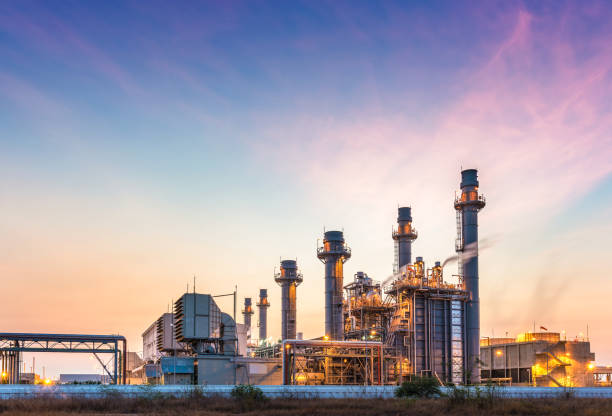Understanding The Function Of Industrial Paint Additives

When it comes to industrial painting, each paint formula differs slightly. Based on the requirements of your project it is possible to select one coating type over another. The primary difference between coatings will be the type and amount of additives that are used to formulate them. To improve the quality of the final product, additives may be utilized. These are just a few ways additives can be used to enhance industrial painting.
Gloss
One place where coating additives is evident is the level of gloss a particular finish creates. It is possible to alter the gloss of industrial paint additives by changing the levels of their components. This is usually done by using additives that improve the flow and the leveling of coating together to produce the most shiny and reflective finish. It is also possible to do the opposite for a less glossy finish for any reason.
Leveling
Additives play an important part in the way that the resin cures within the coating as it is exposed to air. The paint's irregular shape makes the coating unbalanced at the time of first application. The coating will form a tight seal when it is placed over the surface. If the resin drys in a way that is too rapid or unevenly, it may cause bubbles, fish eyes or an orange peel-like texture to remain within the paint. This is due to the fact that resin doesn't have the same protection against cracking or chipping as other paints. Additives can be used to help the paint flow more smoothly and dry more quickly to ensure that all particles are allowed to settle and bond in a proper way.
Stain Resistance
To prevent staining, certain industrial paints are formulated with additives. These additives for paints and coatings help to make the surface less permeable to chemical agents that would create staining. By sealing up pores in the surface, and creating a more durable barrier which is able to stop discoloration and staining to a great degree.
Hardness
A different set of additives can be added to improve the strength of the outer resin after it has been cured. The coating's hardness implies that any object that scratched the surface will not leave marks. This feature can extremely beneficial in situations where equipment from industrial use could scratch the surface of the coating, exposing its layers below.
Surface Adhesion Additives
In some applications, it is highly important that the paint is resistant to the other coatings used. Certain municipalities employ adhesives for surfaces to prevent graffiti sticking to the original coating. This adds an interesting problem if you decide to repaint the surface and may require a new type of additive referred to as a wetting agent to help the new coating adhere to the previous resistance coating.
Many additives can be used to alter the properties of industrial paints. Some of them coating additives could interfere with others, so paint manufacturers are tasked with balancing the formulation to find the most beneficial qualities they can achieve. It is crucial to consider the impact of the different additives on the final surface of your facility when you are looking for paint products.
A skilled painter can help you select the appropriate painting for your needs. They can also provide the meaning of each property in relation to short-term and long-term use. Call Performance Painting to speak with one of our experts on painting.